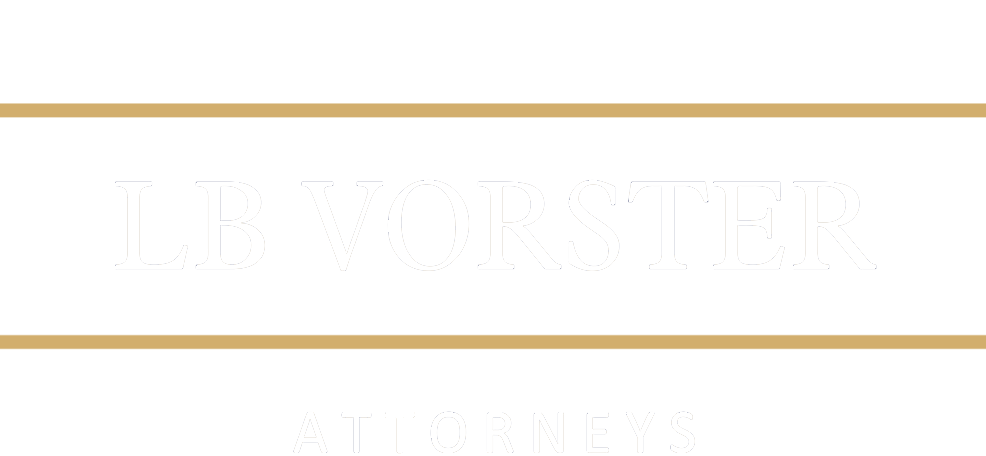In a previous article in this series we have learnt that the sale of immovable property forming part of an enterprise that is being disposed of as a running concern may qualify for payment of VAT at a zero rate (provided certain criteria of the Value Added Tax Act are met by the parties). Yet another important act of which the parties in such an event should take cognisance is the Insolvency Act, No 24 of 1936, and in particular Section 34 thereof. Generally, this particular section is only referred to by parties when selling or purchasing the everyday business and we are all used to regularly seeing these notices in newspapers.
Section 34 of the said Act requires any person (or legal entity) that intends transferring a business, or the goodwill of a business, or any assets or property forming part of a business (other than in the ordinary course of business) to publish notices of such intention in 2 (TWO) editions each of an Afrikaans and an English newspaper circulating in the area of the business and in the Government Gazette at least 30 days but no more than 60 days prior to the intended transfer. Failure by the parties to a sale to have the required notices published as prescribed will result in the transfer of the business (or the relevant portion thereof) being void against the creditors of the business for a period of 6 (SIX) months from the date of transfer. In the event that the seller’s estate is being sequestrated during the 6 (SIX) month period, the transfer will also be void against the trustee of the seller’s insolvent estate.
The devastating effect that this could have on a purchaser of immovable property is clearly illustrated in the case of Anton Roos N.O. & Others v Kevin & Lasia Property Investments CC & Others, (Case number 30533/2001), an unreported decision of the Transvaal Provincial division. A company that had owned an estate agency sold the business to another estate agency. The business included, amongst others, a building complex comprising various shops from which considerable rental income was derived. Simultaneously with transfer, the existing bond was cancelled and the new owners registered a new bond in favour of the institution that financed the purchased price. The required notices in terms of Section 34 were never published. Within 6 (SIX) months from the date of transfer of the business, the seller (company) was placed in liquidation and its creditors applied to the court for an order in terms of Section 34 of the Insolvency Act that would declare the sale of the business, including the transfer of the building complex, void against the said creditors. The court decided in favour of the creditors and consequently both the transfer of the building complex and the registration of the bond were declared void.
How does this affect me as a property owner?
The principles confirmed in the court case referred to above may similarly find application when, for instance:
- immovable property is being acquired as an investment and it is then rented out by the owner who is a registered VAT vendor whereby an enterprise (rent earning activity) as defined in Section 1 of the Value-Added Tax Act No 89 of 1991 is established;
- the enterprise is subsequently sold (subject to the existing agreement of lease) as a running concern together with the assets necessary for carrying on business (the immovable property) to a purchaser who is also a registered VAT vendor (which will normally qualify the transaction for payment of VAT at a zero rate).
In such an event it would be wise for the purchaser to insist on publication of the required notices in terms of (and strictly in accordance with) Section 34 of Act No 24 of 1936 to prevent unknown or undisclosed creditors of the owner (seller) from laying claim to, amongst others, the immovable property.
 yvonne@lbvorster.co.za
yvonne@lbvorster.co.za  028 313 0136
028 313 0136

Recent Comments